My first FT-8 with a random wire antenna
Reading time: 6 minutes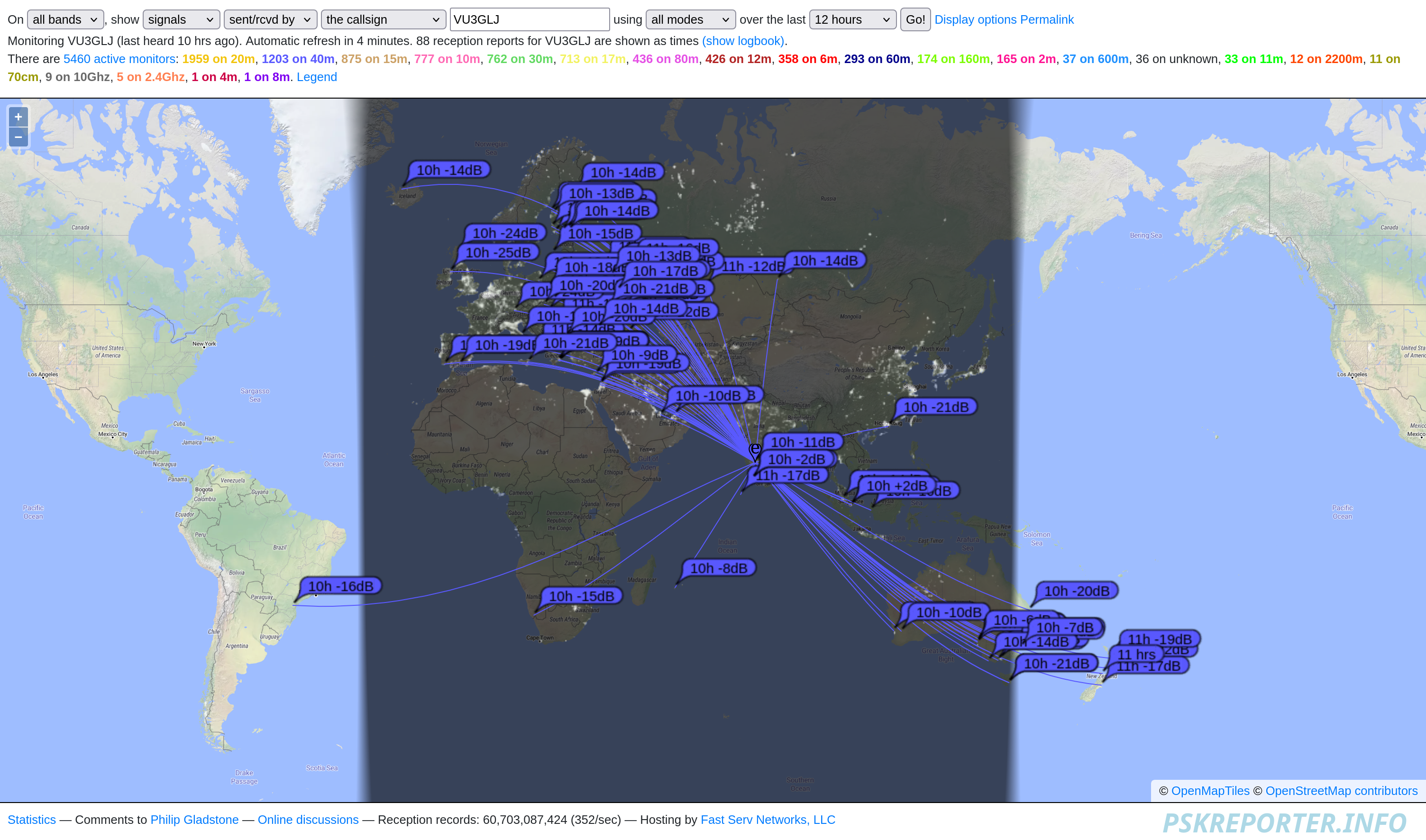
Figure 1: A screenshot from pskreporter.info showing my FT-8 propogation
This should probably be a series of posts, rather than a long post with all my adventures together, but here is the TLDR version:
- Updated sBitx V3 to 64-bit version from W9JES and friends
- Fixed the long pending air core LC circuit
- Tested the random wire antenna
- My first ever FT-8 contacts
Updated sBitx V3 to 64 bit version from W9JES and friends
I’ve been meaning to update the default version on the sBitx v3 to the 64-bit1 for a while now. There was a minor hiccup with not being able to boot from the SD card, but updating the Pi’s EEPROM using rpi-eeprom-update solved the problem. I was able to try the 64-bit version from a USB drive first to make sure that it did boot properly before replacing the stock SD card provided by HF signals with a good class 10 128GB SD card. The experience was fairly painless if one follows the instructions in the repository.
I did have to get a bit of help from HA3HZ (he has posted a bunch of useful hints on sbitx groups.io page) to get the S-meter up and running and a few other changes from the Wiki on the groups.io page. And I do need to ensure that I have a seamless way to upload logs from the sBitx; it is currently manual. One suggestion has been to use MSHV2.
Fixed the long pending air core LC circuit
I have previously written about this simple LC circuit that VU2ESE provided at LARC 2025. I was fairly sure I had some soldering issues on this, and on a recent visit to VU3JIM’s shack where he was helping with a home-brewed QRP EFHW (a post for another time), he helped me fix this particular piece. The inductance is created by 25 turns of the copper wire over a 1 inch diameter pipe that roughly provides 11 µ H and a 1inch by 2 inch copper cladding that provides 36 pF capacitance to the circuit.
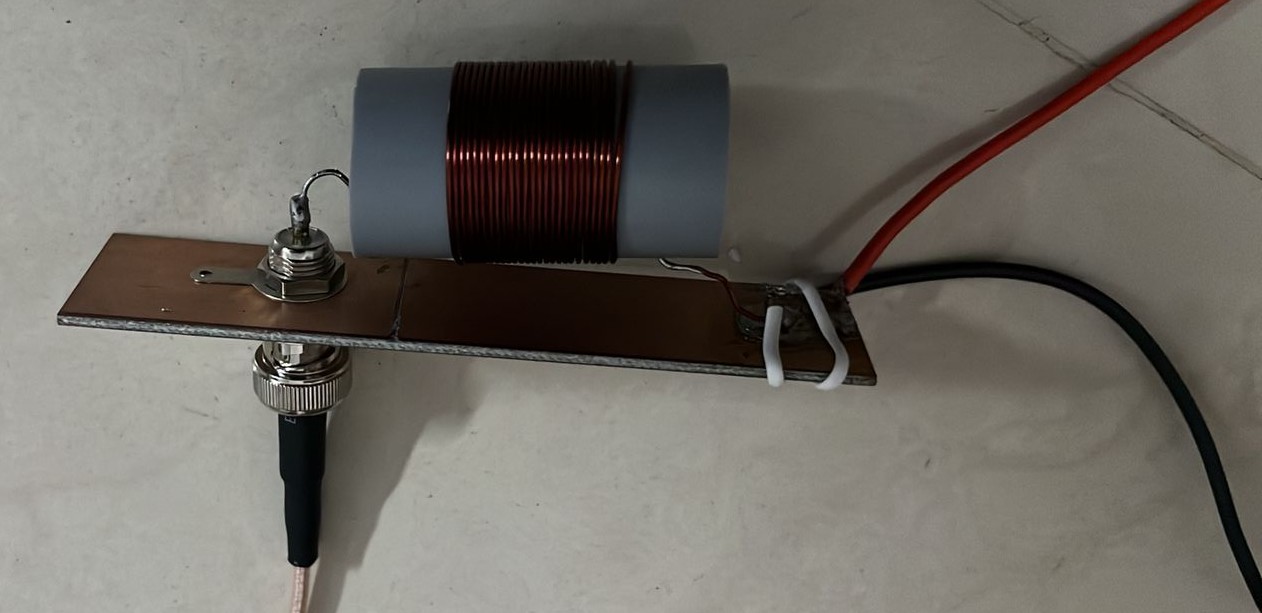
Figure 2: A picture of the LC circuit
I do need to read up a bit more about the design of this circuit and see if I can create a more modular version of this for testing and experimentation. Based on my elementary understanding, it is supposed to reduce the length of the radiating element required. I’ll provide a longer post about the relationship between the lengths of the pigtail and radiating element, the capacitance and inductance values, and the position of this LC element on the radiating element, etc. There are a bunch of sources available online, but I prefer the The ARRL Antenna Book3 and The GIANT BOOK of Amateur Radio Antennas4. I’ll probably share my notes about the theory behind this in another post.
Testing the random wire antenna
I live in an apartment in Bangalore, which basically means being surrounded by concrete and is considered a death-knell for radio wave propogation. The apartment also has fairly clear guidelines on the kinds of overhang through the balcony. The layout of the apartment means that there are people walking around the building. All of this has pushed me to think of antenna that I can deploy temporarily (like an Inverted L or an EFHW) and looks fairly discreet. In addition, I have been thinking of QRP operations as I can make a QRP backpack for myself that I can carry to short weekend trips.
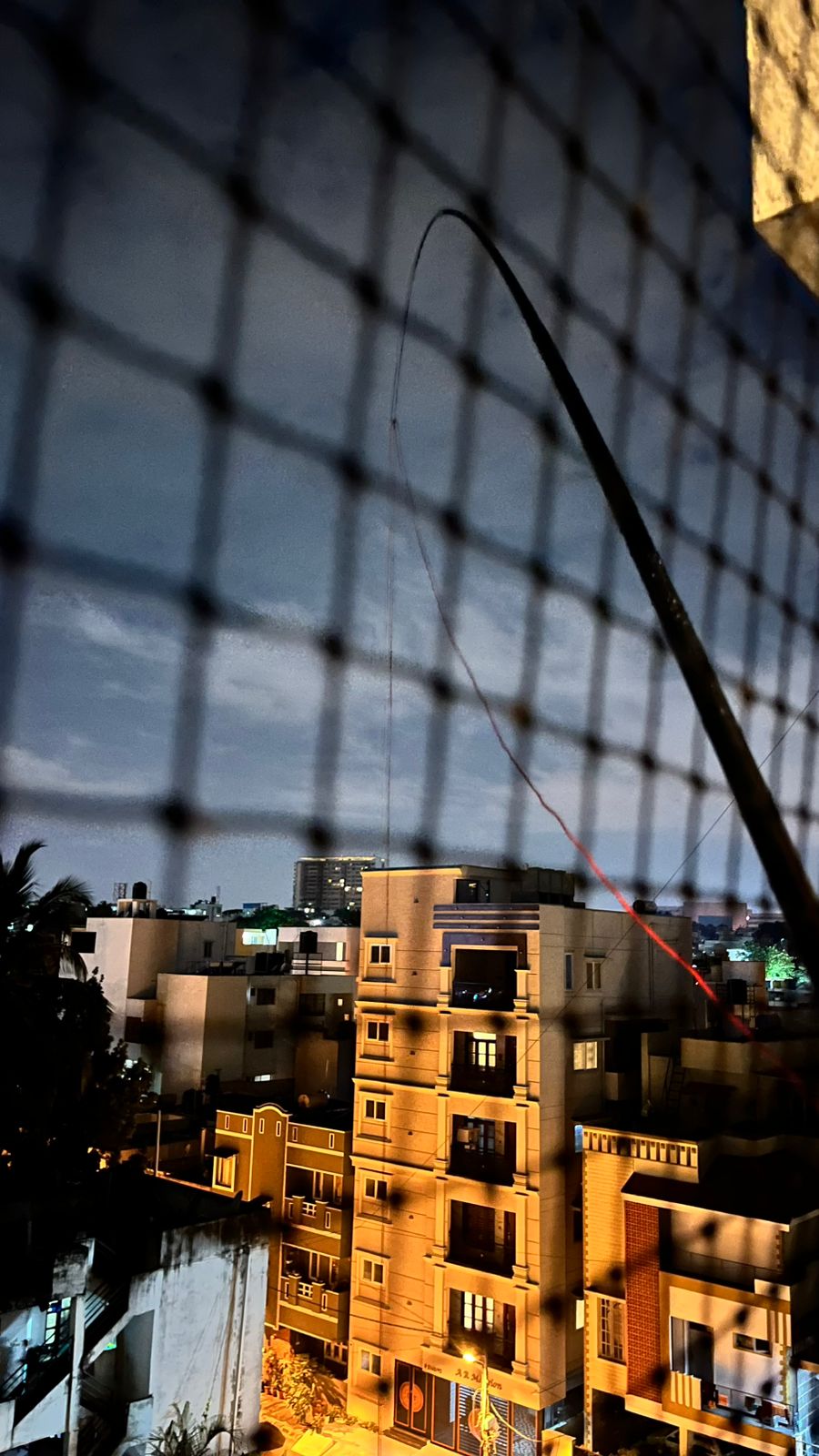
Figure 3: Deployed on my balcony
This random wire with an LC circuit seemed like a good candidate to have some fun with and seemed like something that can be fairly discreet. A simple fibre glass fishing pole from Decathlon which extends upto 5m and is 1.15m folded was a good candidate from this. The combination of the lightweight wire and the telescopic pole was easy to deploy and get decent measurements with the nanoVNA. However, I need to figure out a better way to roll the wire up and down and change to the length. The current mechanism of a velcro at the tip of the fishing pole translated to having to constantly reel the whole setup in, and causes undue strain on the solder joint on the copper cladding. The antenna was deployed 231° SW, and if you remember the PSKReporter screenshot, the signal propagation is something I need to understand better with this kind of deployment.
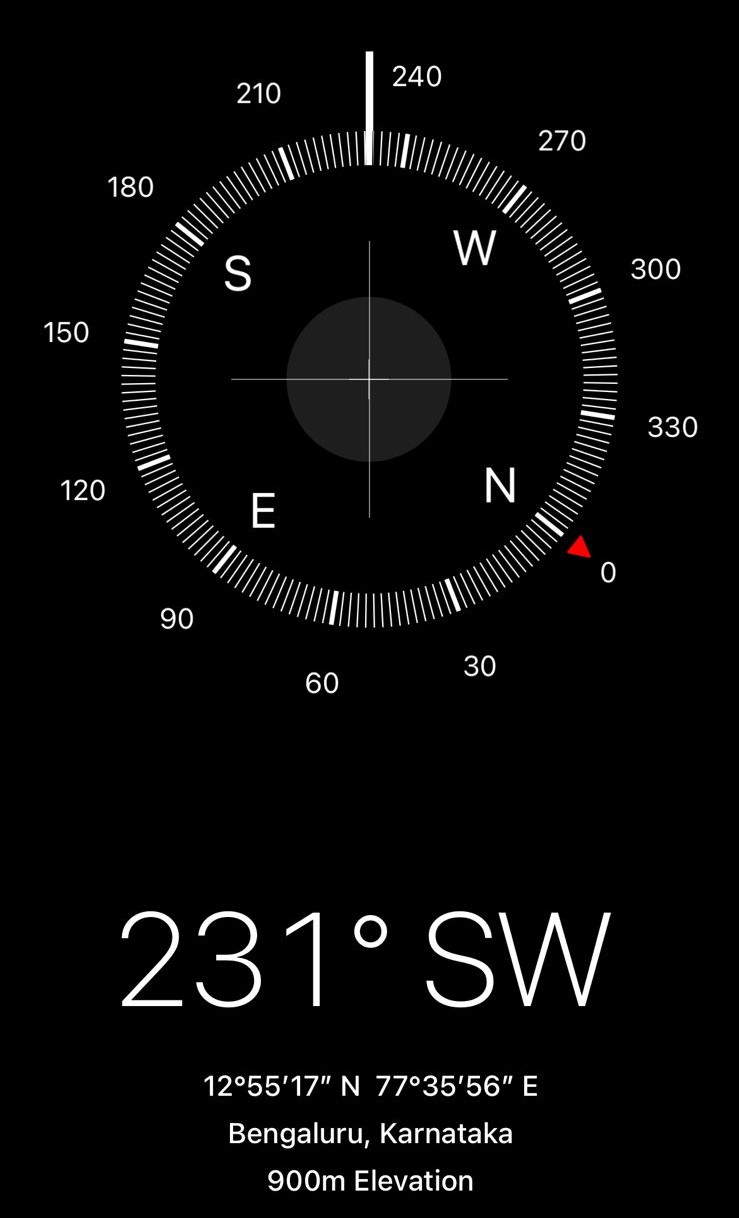
Figure 4: Orientation of the antenna
The best SWR I was able to get while fiddling around with the length of the wire was 2.227 at a frequency of around 7.15Mhz. While I did look at SWR, I realised it might also be useful to check out the Smith Chart5 in the next iteration of this experiment. This was a joy to check and see the SWR change as I made changes to the wire lengths too, another interesting thing to observe was the changes to SWR as I pulled the fishing pole closer to the building. While the SWR actually improved as I got closer to the building, it would have been useful to check what the signal propagation would look like, impedance, etc.
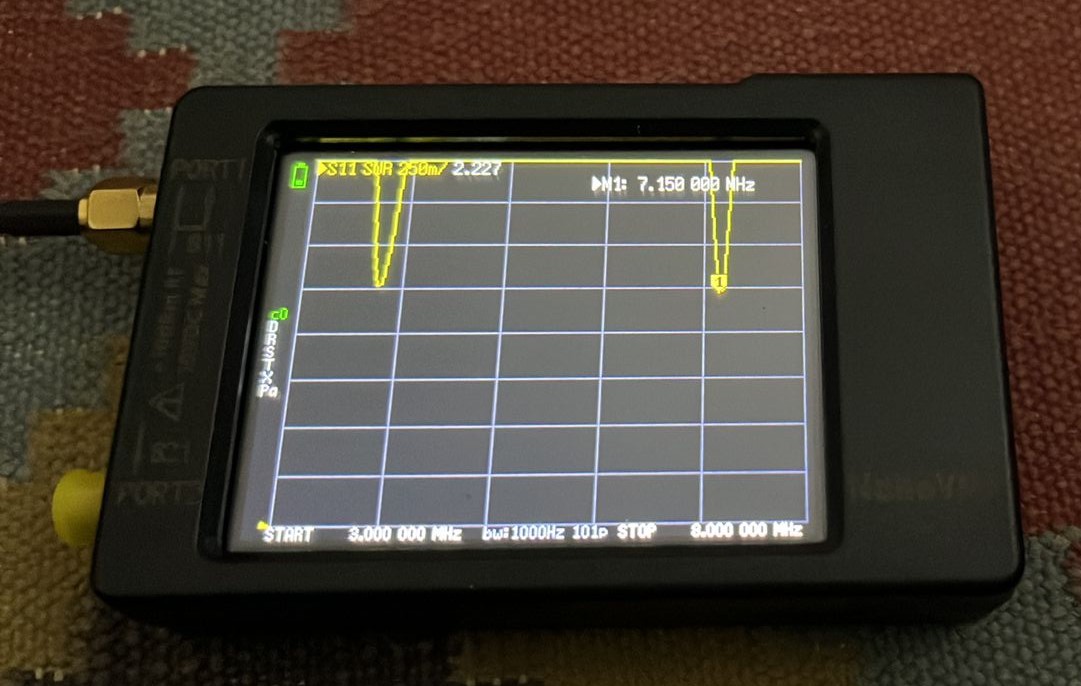
Figure 5: SWR measurement on the nanoVNA
My first ever FT-8 contacts
Some random tuning on the 40m band and voilà! I was able to hear an AM station at 7.205Mhz (seems to be a Chinese station, which I wasn’t able hear clearly) and then tuned into HAM bands. The high SWR meant I did have a lot of noise which was hard to avoid, but then it was a random wire just thrust out of the balcony surrounded by, rather enveloped in concrete. I decided my best bet to make any QSO was on FT-8 and tried the 40m band for it. While the FT-8 standard frequency seems to be 7.074 Mhz, I was able to get the best Rx at 7.025Mhz. We’re live and making contacts on this frequency! My first ever FT-8 was with VK6YI from Australia! I had a bit of fun trying to make contacts. Although I was able to receive signals from as far away as Russia, I wasn’t successful in establishing contact with them. The other reasonable SWR was outside the 80m band, so I decided to give it a skip in this session.
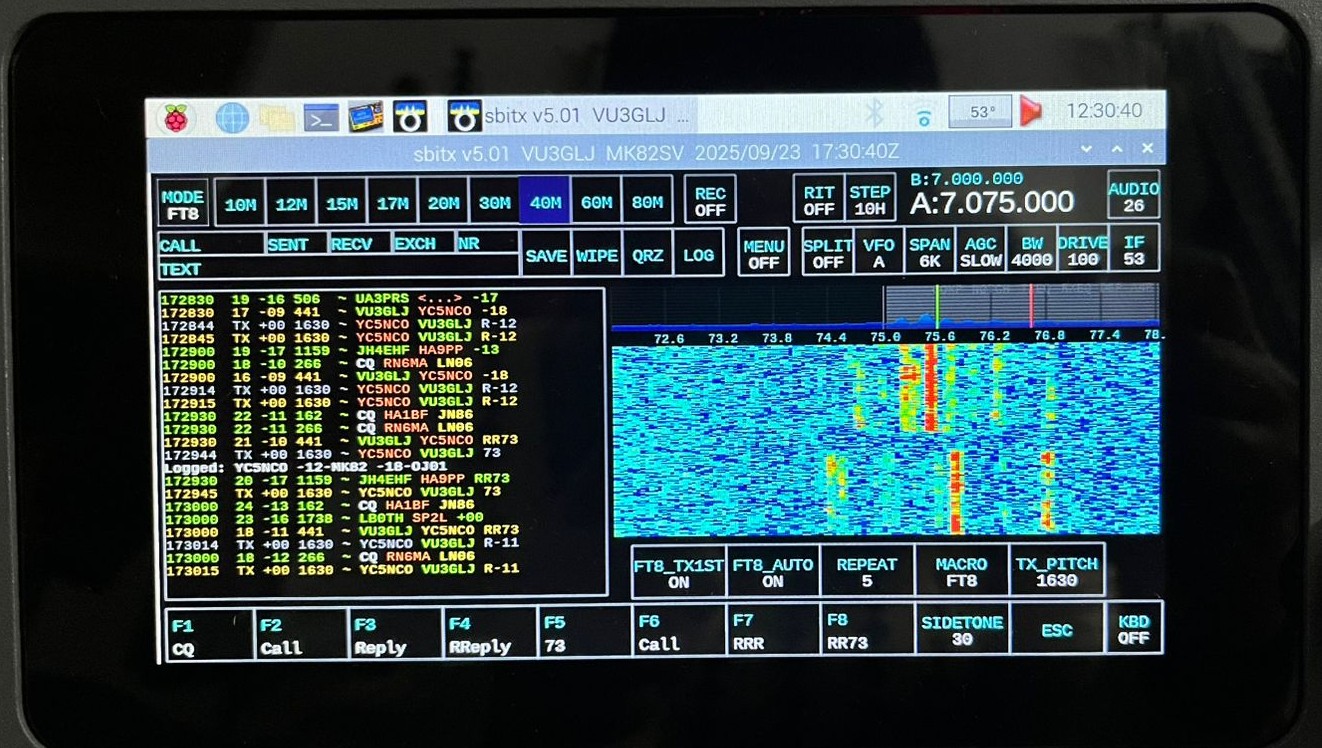
Figure 6: A photo of the FT8 contacts on the sBitx
And as always, more things to do!
- Experiment with the lengths of the pigtail, antenna wire
- Create a tapped coil for variable inductance
- Similarly, what about a variable capacitor?
- Given that the coil is always at the end of the wire, what are the implications?
- What do I measure apart from SWR?
- How much does the orientation matter?
- Check out QMX with this antenna
- Check out MSHV on the sBitx
- Design a spool mechanism for the radiating wire
Bonus content since you made it to the end
I burnt my fingers (literally)- I guess, it’s a welcome to the home-brewing club!
The repository is at https://github.com/drexjj/sBitx and they have a friendly Discord at https://discord.gg/tCCjw5g5Pf ↩︎
https://groups.io/g/BITX20/files/sBitx%20modifications%20by%20HA3HZ/Installing%20MSHV%20for%20sBitx.pdf ↩︎
A copy is available at https://hamradio.vazenterprises.com/wp-content/uploads/The-ARRL-antenna-book-by-R.-Dean-Straw-z-lib.org_-1.pdf ↩︎
A copy is available at https://www.vk5pas.com/uploads/1/3/9/8/13982788/the_giant_book_of_amateur_radio_antennas-cc.pdf ↩︎
SimNEC(https://www.ae6ty.com/smith_charts/) is probably a good bet for this. ↩︎
#ft8 #sbitx #64bit #homebrew #lc #aircore #antenna #qrp #random-wire